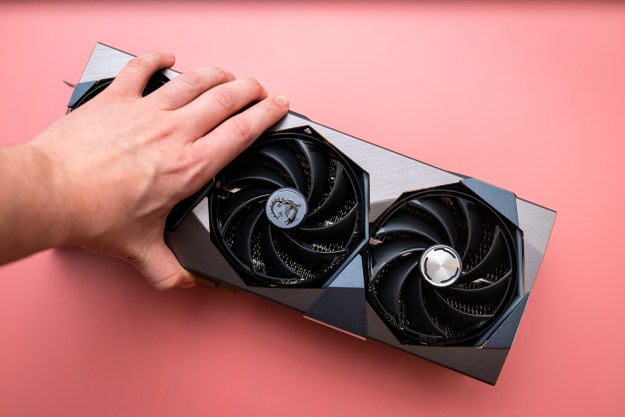
We first saw HBM in AMD’s Fiji XT-based Fury line of GPUs, and while its bandwidth was impressive, it seemed constrained by the number of gigabytes that could be packed on to the PCB. Pascal will fix that: Some cards in the new line-up sport as much as 16GB of the high-speed memory.
This is possible because HBM2 effectively quadruples the available DRAM per die, by allowing for taller stacks. It also doubles the speed per pin to two gigabytes per second. At it’s GTC technology conference in Japan, Nvidia revealed that this will give bandwidth in excess of a terabyte per second, more than double what AMD’s Fury X cards currently offer. Get all the juicy details at ExtremeTech.
Of course, the cards sporting 16GB are likely to be restricted to the top end of the GPU spectrum, with price tags to match. But Steam’s hardware survey still suggests that most gamers have 2GB of memory in their GPUs or less, meaning anything with HBM would be a big upgrade for them.
What’s really exciting about this news is that AMD is probably working on a counter to it. After the lukewarm reception its Fury line received, AMD would be remiss not to up its game in 2016, where it has promised to introduce a high-performing CPU competitor in the form of the Zen.
Neither it nor Nvidia have announced when their next-generation graphics architectures will be released, but they’re both expected to show up at some point in the first half of 2016.
Editors' Recommendations
- The war between PC and console is about to heat up again
- Nvidia RTX 50-series graphics cards: news, release date, price, and more
- The sad reality of AMD’s next-gen GPUs comes into view
- Nvidia DLSS is amazing, but only if you use it the right way
- This new GPU feature is ‘a whole new paradigm’ for PC gaming





